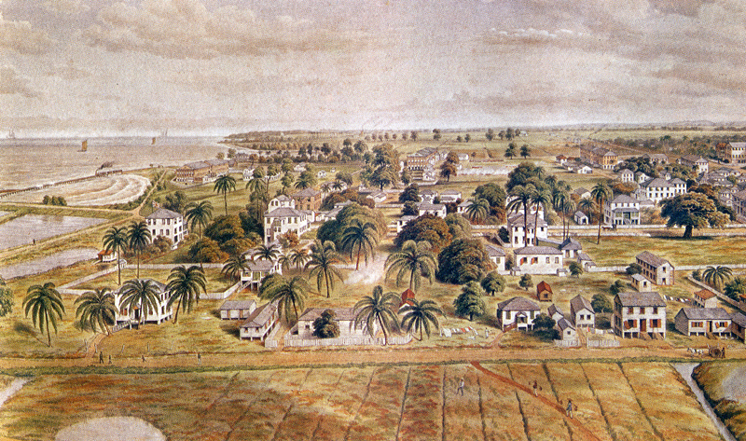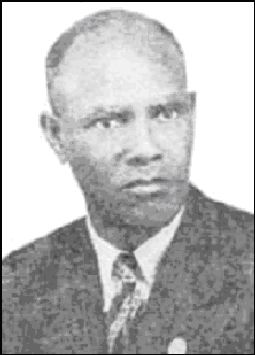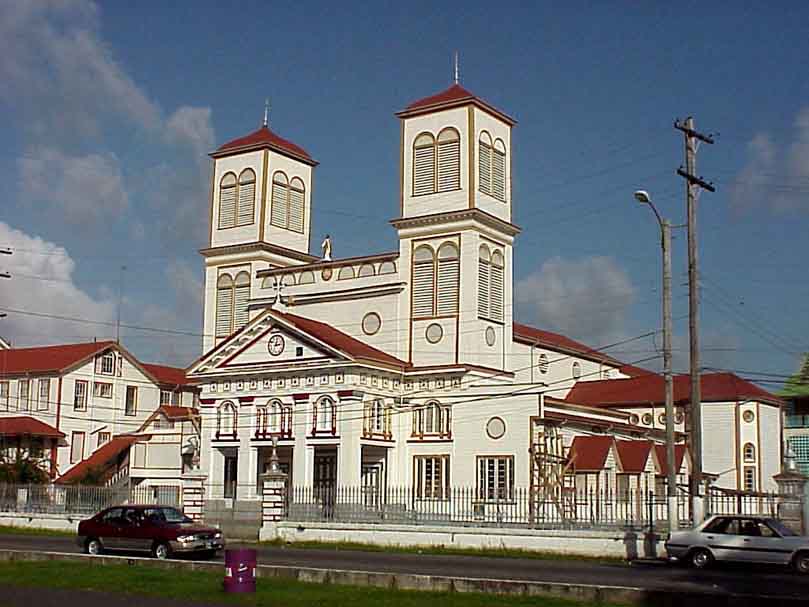Part 2: Indigenous Guyanese and the slave trade
On the early Dutch Essequibo plantations, the Indian slave trade, as it is known, is said to have begun in the late 17th century. The trade also existed alongside early African slavery, and there is mention of an Arawak-African slave uprising in Berbice in 1687. The Indian Slave Trade was eventually abolished in the 1790s during the time of the later African Slave Trade on the colony.






Comments are closed.